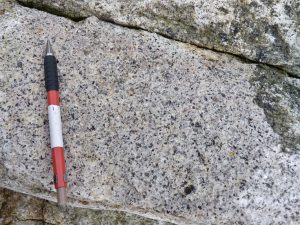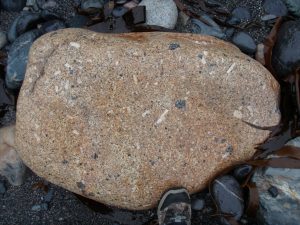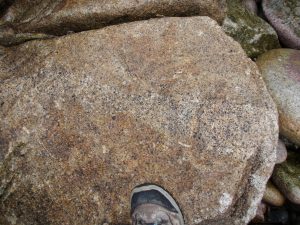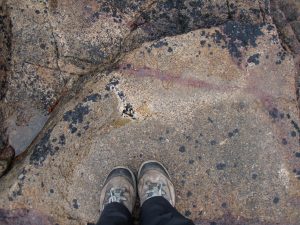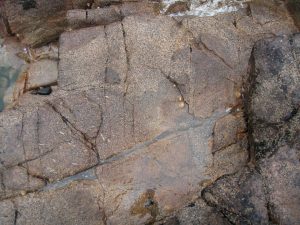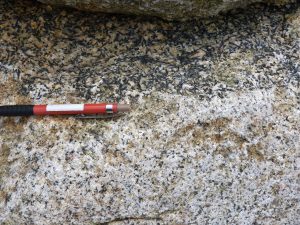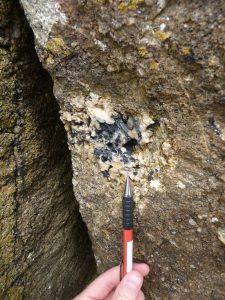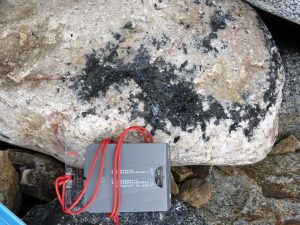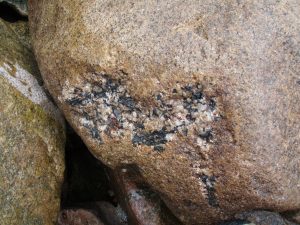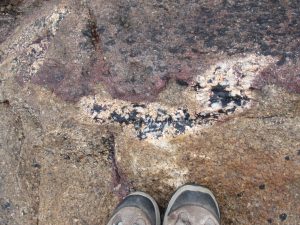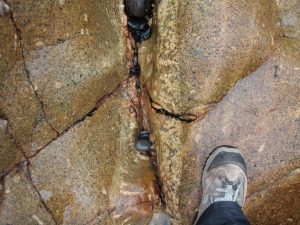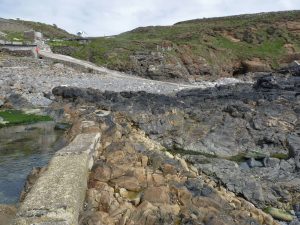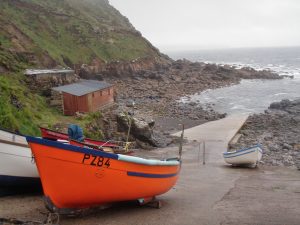Highlights: Granite, pegmatite, tourmaline Site easily accessible – nearby National Trust car park and lies on the Southwest Coast Path. If visiting, note tides as you will be cut off to the south on an incoming tide. Coastal sections can be very slippery. Best visited on the low tide to see all features.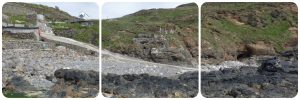
Location: SW 3523 3170
What’s nearby: Porth Ledden, Botallack
Conservation: National Trust, UNESCO Cornish Mining World Heritage, Site of Specific Scientific Interest (SSSI)
Gallery of key features
References
- Charoy, B. 1979. Définition et importance des phénomènes deutériques et des fluids associés dans les granites. Conséquence Métallogéniques: Memoires Science de la Terre, Nancy 37, 364.
- Halls, C., Jinchu, Z. and Yucheng, L. 2001. Field evidence for discrete episodes of intrusion during the emplacement of the Land`s End pluton. Results from detailed mapping and observation of the Porth Ledden coastal section. Geoscience in south‐west England 10, 221‐222. [PDF – Free]
- Floyd, P.A., Exley, C.S. and Styles, M.T. 1993. Igneous rocks of South‐West England. Chapman and Hall, London [Book – partially free, Google]
- Müller, A., Seltmann, R., Halls, C., Siebel, W., Dulski, P., Jeffries, T., Spratt, J. and Kronz, A. 2006. The magmatic evolution of the Land’s End pluton, Cornwall, and associated pre‐enrichment of metals. Ore Geology Reviews 28, 329–367. [PDF – £]
